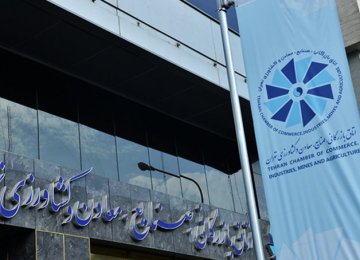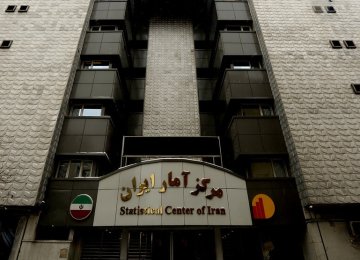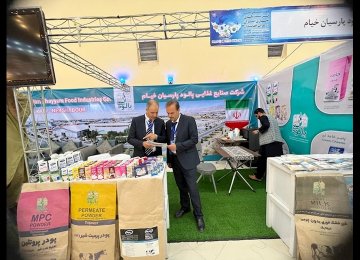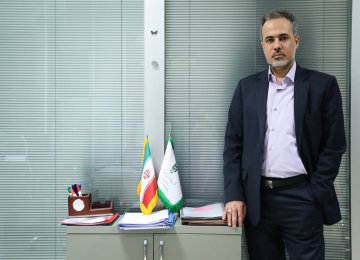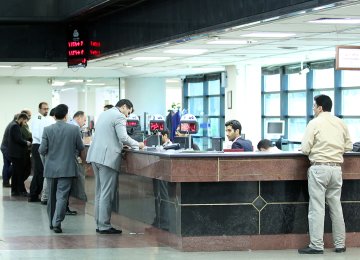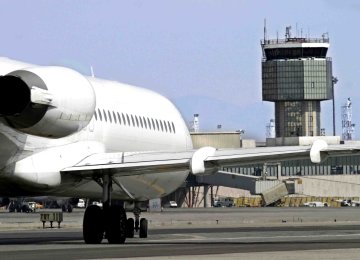How can a brand sell to a shop packed to the roof and without an order? A top manager of a multinational producer of personal care products thinks when entering a ‘baqali’, a traditional Iranian grocery store to explore the pulse of the market.
“The ability to sell and distribute to more than 100,000 small stores is a tremendous asset and an advantage in the fight for market share. It constitutes a formidable entry barrier for newly arriving international competitors” says a sales director of an Iranian dairy products producer to CERTIUS, a Tehran-based consultancy. He does not want to be named.
These two statements sum up what the idiosyncratic structure of Iran’s grocery business means to different people: a barrier to market entry, a challenge to overcome in order to have a chance to succeed, and an opportunity to leverage competitive advantage and discourage rivals.
The following is part of a recent survey CERTIUS has shared with Financial Tribune in an email.
What retail structure is this and which challenges does it really pose to fast-moving-consumer-goods companies? The structure of Iranian retailing is highly fragmented with huge numbers of independent stores and this is something which many western companies find difficult to cope with.
The question many companies ask is how to sell and distribute to as much as 300,000 small stores and vendors. Shops are small – the average store size of a grocery store is 48sqm – and therefore shelves are crammed with products without much order and without paying heed to what producers call the “picture of success”, the blueprint of how to organize shelves and display brands in an appealing way to maximize sales and improve shelf productivity.
Retailing Dominated by Traditional Trade
More than 90% of all grocery sales is done by an estimated 300,000 small and independent stores, commonly called “traditional trade”. Barely 8.5% of total market sales go through hypermarkets, supermarkets and discounters – organized chain stores and “modern trade” formats which in western countries have become the norm during the last 70 years but of which Iran boasts only about 800 stores.
The 300,000 traditional trade stores include 175,000 small grocers and 118,000 specialized stores, such as kiosks, bakeries, protein stores and the like. So the first challenge is how to reach these vast numbers of stores. Western manufacturers who are used to highly concentrated trade structures find it difficult to get their products cost-efficiently into so many stores, unless they are used to selling in a traditional trade environment which is prevalent in countries like Mexico or Russia.
Due to their limited size and space and equally tiny storage areas the typical traditional trade store carries a limited assortment which reduces FMCG brands’ chances to present an appropriate choice of variants and formats of their products.
Iranian shopkeepers normally seek to augment the efficiency of their stores by cramming in as many items as possible, which runs counter to modern concepts of shelf productivity.
Those products are then arranged in a way which maximizes the customers’ shopping list. In other words, optimal product presentation serves to maximize the volume or value of sales and by extension increases productivity of the retailer and the manufacturer.
Modern Trade, Challenge for FMCGs
Modern trade is a wholly different story. Iran’s modern trade sector which accounts for 8.5 % of total grocery sales but is growing fast, is dominated by three main formats: hypermarkets, currently 12 stores in Iran; 438 supermarkets and 328 discount stores. While some enjoy extremely high store productivity, a dramatic shift of market share from traditional to modern is not expected in the midterm. Government policy, high property prices/rents and deeply entrenched shopping habits result demonstrate in no uncertain terms that if and when change comes it will be rather slow and unlike the rise of modern trade in central and eastern Europe in the 1990s.
Selling profitably to modern trade is the subject of skill, technique and ability many, if not most, Iranian producers of FMCGs lack. Frequent complaints that selling to modern trade is “expensive” because they ask for high discounts and long payment terms are indeed a testimony to many local manufacturers’ lack of knowledge and sales tools.
Iranian producers’ success in the new age of cut-throat competition depends on acquiring and improving the relevant skills and capabilities and correctly understanding the tools of foreign rivals by analyzing and implementing the best sales practices. The process of attracting the much-needed foreign investment will bear fruit if and when foreign brands learn how to navigate the intricacies of the Iranian retail structure. Both tasks, though not without huge challenges, are obviously difficult but not impossible.




